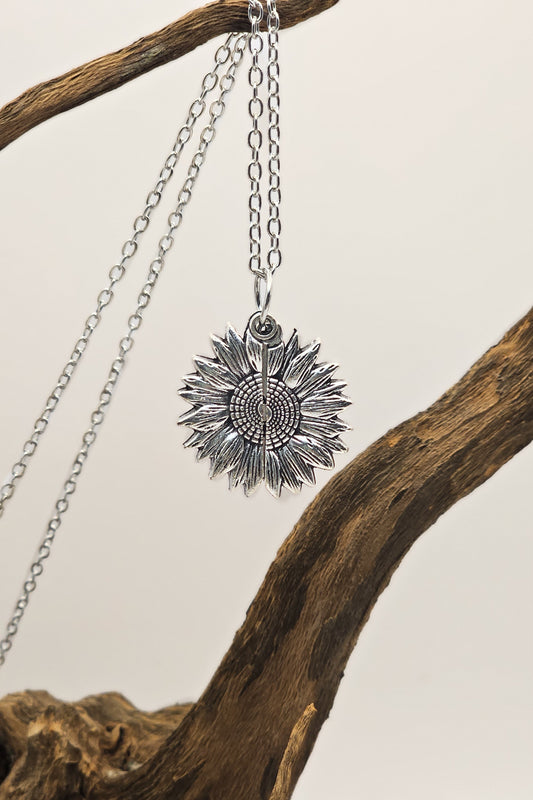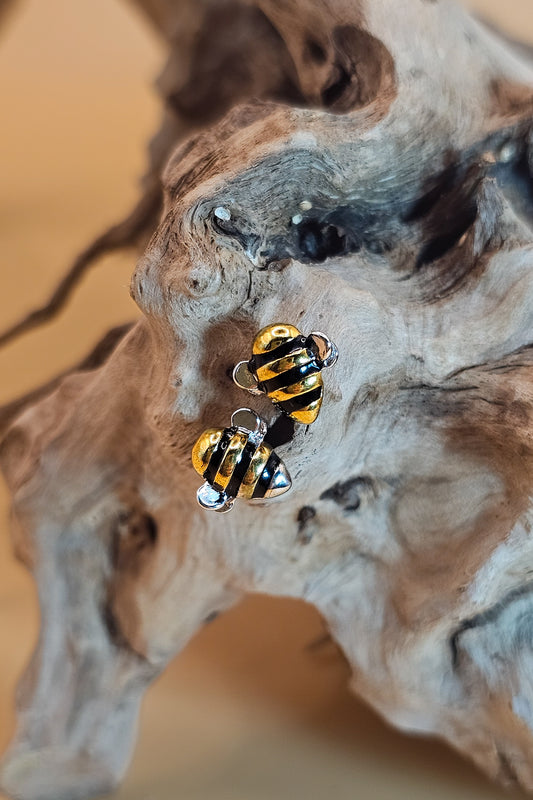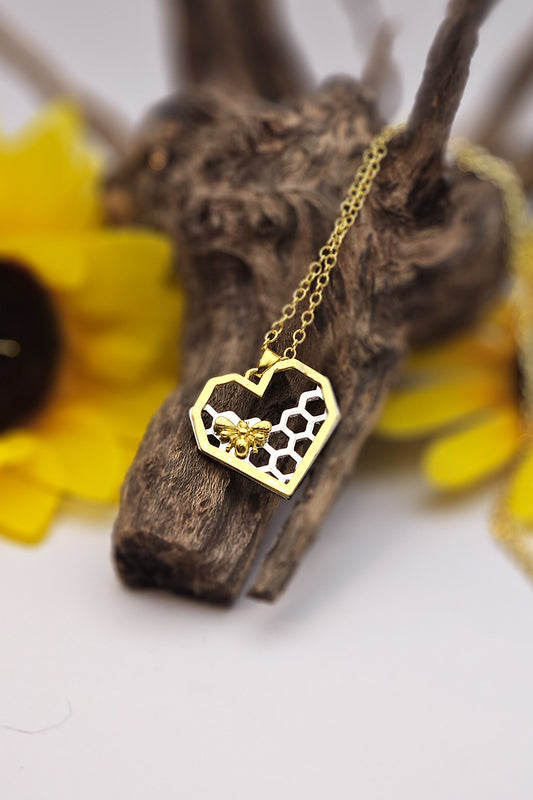On my walks in the park there are fewer native bees around to be seen the past week or two. This doesn’t mean the little bees are gone, it just means they are already hidden from sight. The weather is cooler, but still warm. There aren’t many flowers blooming now, and the leaves are falling.
One of the biggest things you, as a gardener, can do to help bees and their offspring survive the winter is to leave plenty of hollow plant stems standing after flowers wither. Bees depend on these for protection from the elements and predators.
Many native bees make nests in the ground and in small holes in wood, stems and even hollow twigs. Wherever there is a cavity they can fit in.
Bumblebees are larger and tend to stay out and about in gardens for longer, buzzing around and pollinating. They have lots of warm fuzz and a larger body mass, so they can fly in cooler temperatures than many other bees. In contrast, small metallic green carpenter bees, blue orchard mason bees, and masked bees may already be settled snugly into a cozy burrow, or hollow stem, out of sight.
This 3:17-minute video by Project Diaries offers some useful autumn gardening tips:
Some mama bees, having worked tirelessly all season to lay their eggs and set provisions for them in a hollow stem, end up becoming fodder for other creatures in search of food at the end of summer. When that happens, there is nobody else to stand guard against parasites at the entrance of the nest.
There are many parts of the garden, like the vegetable area, where you can clean up in autumn without causing any harm to wild bees. The best place to leave some hollow stalks and leaves is in the flower beds, especially the native, perennial plants you may have. This helps non-aggressive little bees and butterflies. According to the Xerces Society, leaving bergamot stems intact is a great move, since bees will nest in last year’s hollow stems once they are dry and snipped in early spring, providing an entry to inside. Their 12-page illustrated resource gives a great gardener’s timeline.
Don’t cut down flower stalks in autumn, birds and other creatures eat the seeds. You may be lucky enough to enjoy the beauty of seed heads capped with snow in winter. Another benefit of leaving the stems intact is that it creates insulated air spaces in the subnivean zone between the snow and the earth. This is a layer where many living things survive the winter. The stalks fall over naturally after a few years and provide another layer of protection and housing for insects.
Prune stalks early in spring before it gets warm. When you cut the stalks at different heights, more types of bees benefit from the various diameters, like 8-24 inches off the ground. By summer, those old dead brown stalks will be hidden by new growth. Bees will love these foraging grounds close to their home.
Some gardeners enjoy putting a bee house in their garden. The problem with these, according to scientists, is that they can’t be cleaned. Over several years, parasites and disease move in and can kill any bees trying to set up a nest. If this is your preference, seek a bee house you can open and clean every couple of years.
That’s all you have to do! It is a great plan that even lazy gardeners will be willing to implement. This is good news for conscious gardeners that love both flowers and their little native bees.








